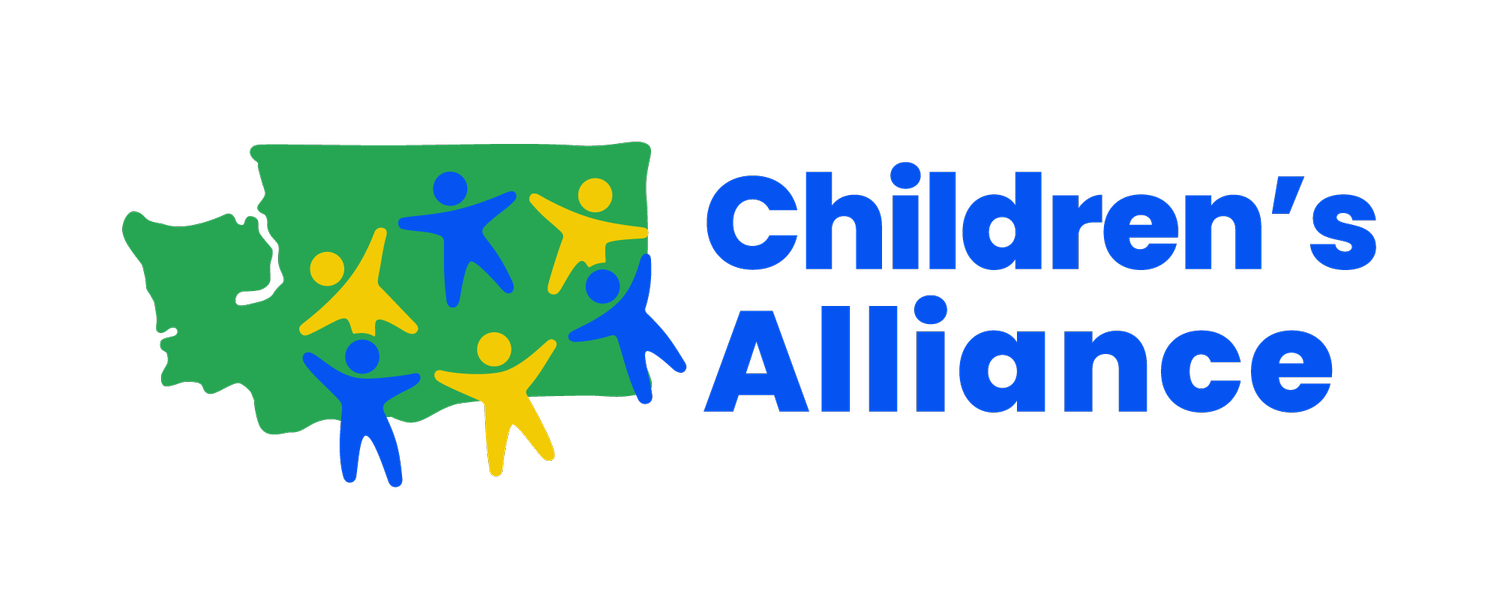OUR NEW REPORT IDENTIFIES PROMISING SOLUTIONS TO WASHINGTON’S YOUTH BEHAVIORAL HEALTH CRISIS
The youth mental and behavioral health crisis is undoubtedly one of this country’s most pressing issues, and it has only worsened since the beginning of the pandemic. In response to the severity of the crisis and after hearing from communities across the state, Children’s Alliance has made youth behavioral health a top policy priority during the past year.
In 2022, Children’s Alliance convened a small workgroup of youth behavioral health experts in Washington to conduct a comprehensive analysis of the youth behavioral health landscape, and to identify potential programmatic and policy solutions that could help narrow the gaps that many of our state’s kids face in getting the care they need.
On June 28, we released a report that summarizes the findings of the workgroup. In this analysis, we discovered the true nature of the current behavioral crisis facing our state’s kids. Key findings include:
Over half (58%) of Washington adolescents experience anxiety and/or depression;
114,000 of 633,000 (~20%) of Washington adolescents need clinical care for anxiety and depression;
Multi-racial respondents have the highest self-reported rates of anxiety/depression symptoms;
This crisis is not isolated to any one location; youth in every region of Washington are experiencing mental and behavioral health issues.
The report quantifies the existing gaps for youth in Washington’s behavioral health system in the areas of care seeking, provider availability, affordability, and treatment effectiveness. Then the report examines promising local and state solutions that have potential to mitigate the barriers in the near-term, as well as projects costs and implementation timelines of these solutions. Potential solutions include scaling up strategies such as:
Successful universal screening, brief intervention and referral treatment (SBIRT) efforts to make sure every struggling student can be identified and connected with services;
Group-based care models to implement proven group care approaches for those who would like and can benefit from such services;
Fully funded virtual therapy and school-based integrated care models to ensure every student can afford care;
Systems to support and resource such efforts based on the ongoing evaluation of rigorous evidence that have reliably resolved persistent feelings of hopelessness and worry for hundreds of thousands of young people.
By expanding successful local, state, and international initiatives, we estimate that Washington could address the majority of its youth care gap within a year or so, at an estimated cost of $25 million. By integrating the best practices from these initiatives and adopting a multi-tiered system of support approach, Washington can improve access to care for its adolescents.
